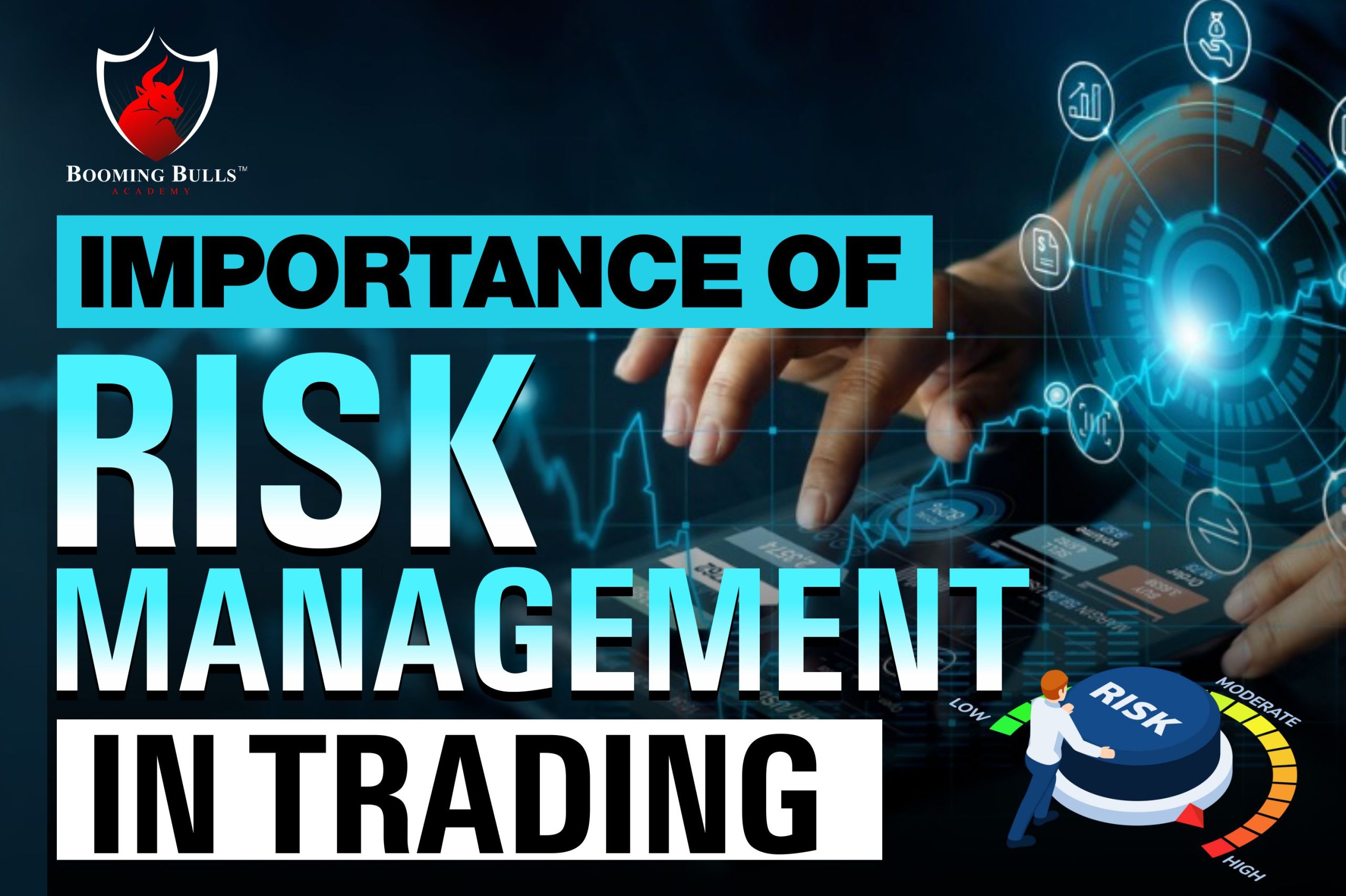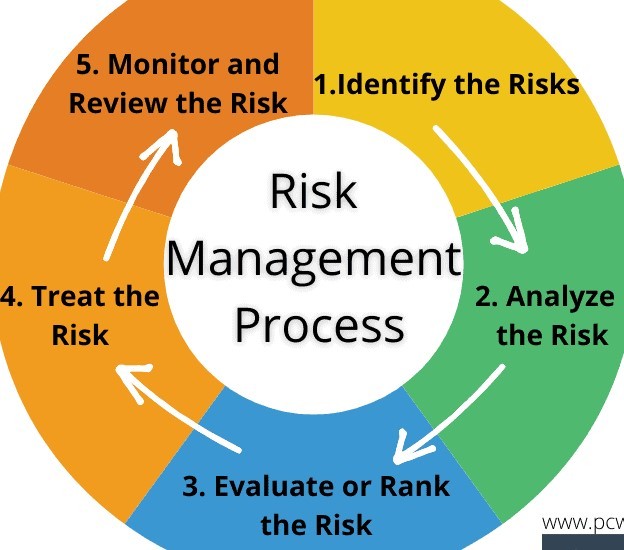The Function and Importance of Risk Management in Ensuring Corporate Continuity
The Function and Importance of Risk Management in Ensuring Corporate Continuity
Blog Article
The Value of Recognizing the Significance of Risk Management in Numerous Industries

The Core Principle of Risk Management and Its Purpose
Risk Management, the foundation of lots of industries, hinges on the recognition, analysis, and mitigation of unpredictabilities in an organization setting. By appropriately identifying possible dangers, organizations can create strategies to either prevent these dangers from happening or reduce their effect. As soon as risks have been determined and assessed, the mitigation process includes designing strategies to minimize their prospective influence.
Advantages of Implementing Risk Management in Organization Workflow

Revealing the Role of Risk Management in Different Industries
While every market confronts its one-of-a-kind set of dangers, the execution of Risk Management techniques remains a common measure in their search of sustainability and development. In the healthcare market, Risk Management involves making sure patient safety and data defense, while in finance, it entails mitigating investment risks and making sure regulative compliance (importance of risk management). Building firms concentrate on worker security, job hold-ups, and budget overruns. In the modern technology industry, business minimize cybersecurity threats and technology obsolescence. Ultimately, the function of Risk Management throughout industries is to recognize, assess, and minimize threats. It is a vital component of tactical planning, enabling organizations to secure their possessions, make best use of opportunities, and accomplish their purposes.
Real-life Instance Researches Demonstrating Effective Risk Management
To recognize the significance of Risk Management in these lots of industries, one can aim to a number of real-life circumstances that illustrate the effective application of these actions. For circumstances, in the power field, British Oil established Risk reduction plans post the 2010 Gulf of Mexico oil spill. They executed much better safety and security treatments and stricter regulations which substantially decreased further crashes. Likewise, in financing, Goldman Sachs effectively navigated the 2008 financial dilemma by recognizing possible mortgage-backed safeties dangers early. Lastly, Toyota, upload the 2011 earthquake in Japan, revised its supply chain Management to reduce disturbance threats. These situations show exactly how sectors, picking up from crises, properly applied Risk Management methods to reduce future dangers.
Future Patterns and Advancements in Risk Management Strategies
As the world proceeds to advance, so too do the patterns and growths in Risk Management methods. Rapid innovations read here in innovation and data analytics are improving the Risk landscape. Huge information and AI are currently important in anticipating and minimizing threats. Organizations are leveraging these devices to construct predictive designs and make data-driven decisions. Cybersecurity, as soon as a peripheral concern, has actually catapulted to the forefront of Risk Management, with approaches focusing on detection, prevention, and response. The combination of ESG (Environmental, Social, Administration) variables into Risk Management is an additional expanding trend, reflecting the enhancing recognition of the role that social and environmental threats play in service sustainability. Therefore, the future of Risk Management depends on the combination of sophisticated technology, cutting-edge strategies, and an all natural approach.
Verdict
Finally, recognizing the value of Risk Management across a spectrum of industries is critical for their long life and prosperity. Tailored approaches can help reduce potential threats, safeguard possessions, and foster stakeholder trust. Additionally, proactive decision-making aids in regulative conformity and maximizes resource use. Eventually, effective Risk Management contributes to a lot more resistant and sustainable organizations, highlighting the relevance of this technique in today's very affordable and vibrant service setting.
While every market faces its distinct set of threats, the implementation of Risk Management methods continues to be an usual denominator in their quest of sustainability and growth. In the health care market, Risk Management involves guaranteeing patient safety and security and information protection, while in finance, it involves mitigating financial investment threats and making certain regulatory compliance. my blog Inevitably, the role of Risk Management across industries is to identify, assess, and mitigate risks. These situations demonstrate how sectors, discovering from dilemmas, efficiently applied Risk Management methods to reduce future dangers.

Report this page